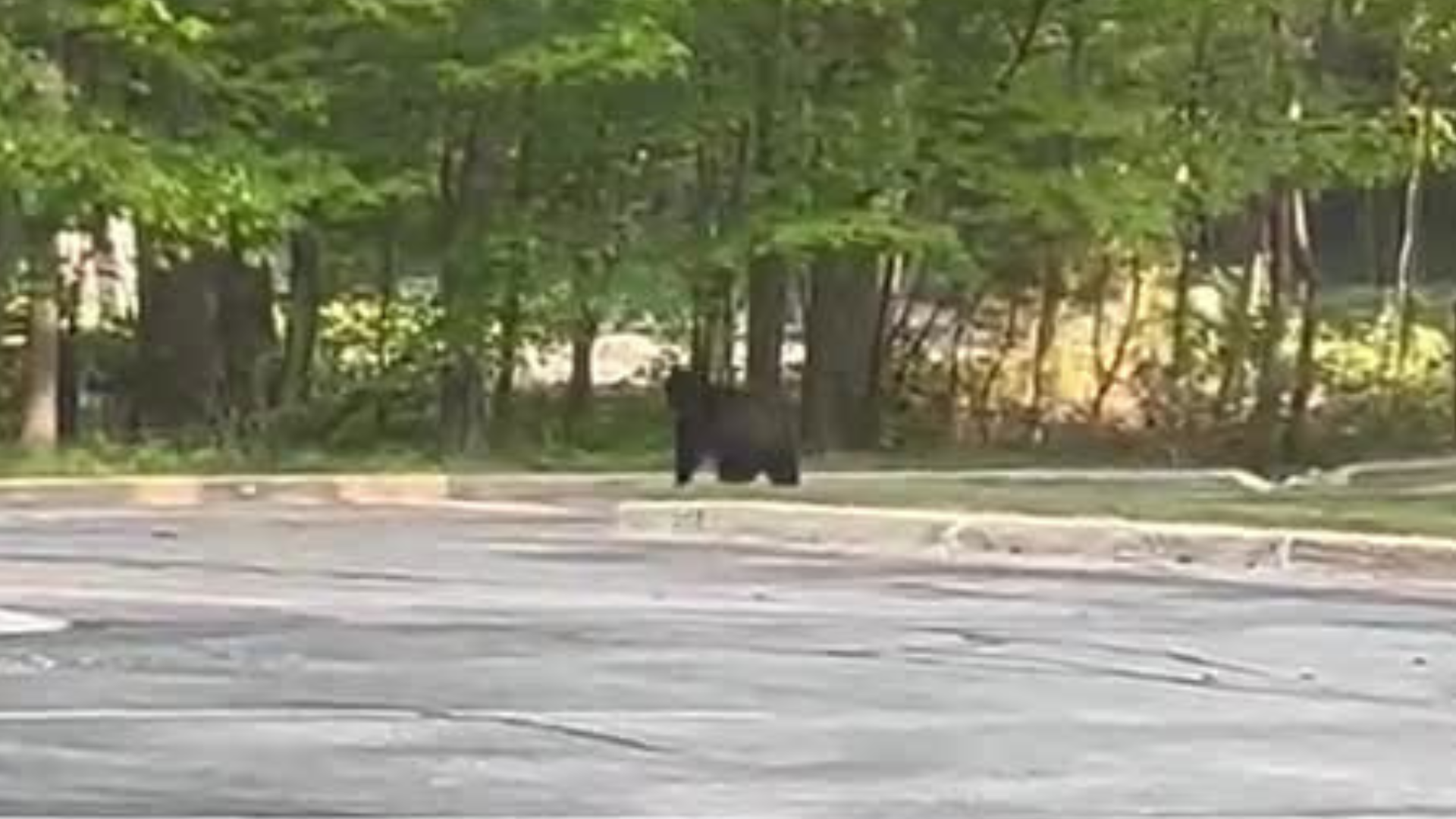Michigan was a much different place back before the dinosaurs.
You may have found evidence of the state’s ancient past without even knowing it.
When walking on the beach in Michigan, it’s not uncommon to find Michigan’s state stone: the Petoskey stone. It may come as a surprise to hear that they weren’t always stones.
350 million years ago, Michigan was a much different place than it is today. This period of time was called the Devonian Period.
“…Life was very different in the Devonian period around here. There was actually a shallow sea at the time. It was very tropical. We were a lot closer to the equator than we are now, and pretty much everything was living in the oceans,” said Dr. Colleary.
“This way before dinosaurs. And then there were a lot of invertebrates living in the ocean, so corals and trilobites and sea star relatives and things like that,” said Amanda McGee.
This was the strange world that a coral called “Hexagon Ariel” lived in.
“So hexagon area being a coral, it was part of a tropical coral reef environment,” said McGee. “So if you think of like the Bahamas, that’s where it kind of would have been like different types of corals, but very warm tropical waters.”
Through time, these hexagon area became fossils that we find today as Petoskey stones. The corals that would one day become our Petoskey stones lived in the same time period as real-life monsters.
The biggest predator at that time on Earth was the Dunkleosteus: apex predator. big, scary bite, armored head, bony eyeballs. It’s all sorts of strange, and they were fast and mean.
At a length of up to 20 feet and weighing more than a ton makes it one of the largest and most powerful fish to ever live on Earth.
“It had one of the fastest bites of any animal that’s ever lived, and it could bite down and crush bone, so it would have been able to feed on anything,” said McGee.
Instead of teeth, it had massive blades that would rub together and sharpen themselves as the dunk velocity opened and closed its mouth. It would often self-sharpen each other, when they would open and close their jaws, but there’s often like a shining sheen right there. That’s where they were actually rubbing together.
So the next time you find a Petoskey stone, remember that it was once a coral living in a time when monsters swam the seas that would one day become Michigan.
© 2023 - 910 Media Group


